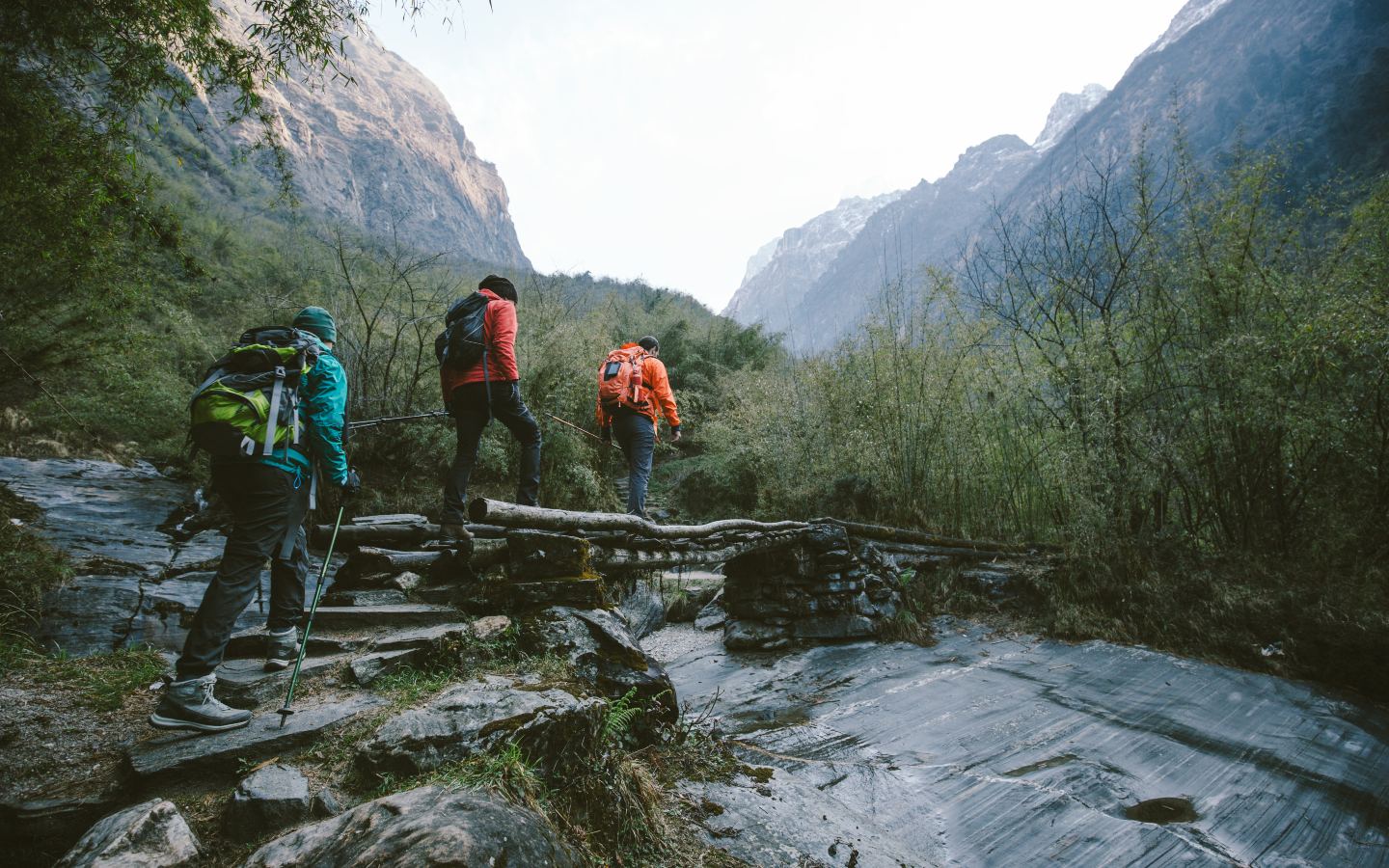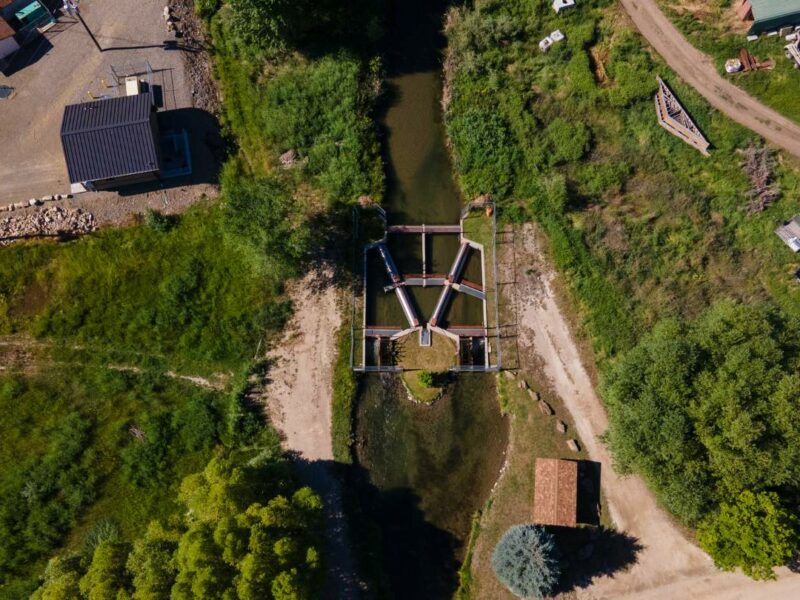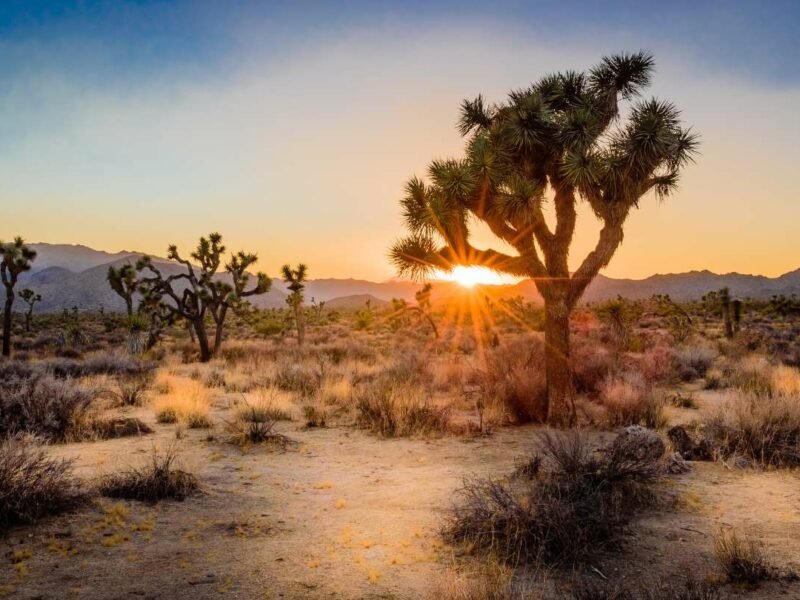AS PARTICIPATION—AND IMPACT—INCREASES, THE OUTDOOR RECREATION INDUSTRY NEEDS TO FIND WAY TO CONTRIBUTE DIRECTLY TO WILDLIFE CONSERVATION. BUT THERE ARE FEW POPULAR OPTIONS.
We hear it all the time: hunters pay for conservation. This is because taxes on guns and ammunition, as well as fishing tackle and boating equipment, are distributed to state wildlife agencies as a result of two iconic laws: Pittman-Robertson and Dingell-Johnson, named for their bipartisan co-sponsors. Gun, ammunition and tackle manufacturers can also claim credit for funding conservation. Hunting and fishing license fees remain the other most significant source of revenue for state wildlife agencies.
This funding model has, arguably, become an unwritten “eighth principle” of the North American Model of Wildlife Conservation. Under this model, since wildlife belong to the public, and the hunting and fishing public use that wildlife most directly, they ought to pay most directly for conservation. Guilt played no small role in establishing this model as well: hunters had decimated North America’s wildlife in the 19th century. They shot every last passenger pigeon. There were fewer than 1,000 elk left in Colorado in 1911. So, this “user-pays, user-benefits” structure had its merits.
It also has its detractors. And their voices are growing louder.
One reason is that the number of people in the United States who hunt and fish has been in steady decline for half a century, while the number of people recreating in other ways in the outdoors has steadily grown.
Mountain biking, snowmobiling, off-road driving, hiking and park and open space visitation hit all-time highs during the COVID-19 pandemic, capping years of steady increases. Meanwhile, state wildlife agencies continue to manage wildlife with the interests of hunters and anglers primarily in mind: that is where the bulk of their funding comes from.
We also know that landowners and agricultural producers who own and manage 74% of land in the continental US supply the majority of wildlife habitat and bear the personal financial cost in doing so. Landowners incur these costs in a multitude of ways, from the opportunity cost of keeping land open and intact, to annual operational costs and active investments in habitat and/or species conservation. In addition, as more private lands are developed and public lands get more crowded with recreators, wildlife increasingly seek refuge on the remaining private land. This includes big game species such as deer and elk, which can compete with livestock for forage, consume crops and water, damage fences and transmit disease. It includes predators that prey on livestock. It also includes endangered species, over 80% of which now depend on private lands for survival but bring with them increased regulation and associated costs for the landowner.
Meanwhile, what is far less clear is how the non-sportsman outdoor recreation community, and more specifically, the rapidly growing outdoor recreation industry, funds conservation.
For a while, the industry argued that its activities were “non-consumptive” and therefore their impacts on wildlife were negligible. There was no harm to mitigate, no penance needed, and no downside to avoid from ever-growing outdoor recreation. But science is increasingly showing us that this is not the case. A 2019 study that looked at research from around the country found that 70% of the time, increasing recreation meant decreasing wildlife. Yet a comprehensive approach to offsetting those impacts, or proactively investing in conservation beyond corporate donations, is notably absent.
Which brings me to the “backpack tax.” In 2000, a provision in a bill called the Conservation and Reinvestment Act that would have placed taxes on equipment like hiking boots, tents and binoculars was successfully cut from the final version of the bill by industry lobbying. The additional revenue would have been used to provide additional funds to state wildlife agencies for conservation programs, trail and facility maintenance, land acquisition and public access incentive programs. The issue has come up again and again in the years since, but not much has changed. If anything, outdoor recreators and the industry are more opposed than ever. A 2021 study found that college students overwhelmingly supported eight of nine proposed “non-traditional” ways of paying for wildlife conservation. The one they couldn’t stomach: a tax on outdoor gear.
A 2021 study found that college students overwhelmingly supported eight of nine proposed “non-traditional” ways of paying for wildlife conservation. The one they couldn’t stomach: a tax on outdoor gear.
The industry argues that outdoor consumers and tariffs on imported equipment already contribute billions in local, state and federal tax revenue, and that the government does not use nearly enough of that money to support the sustainable growth of the outdoor recreational economy. They also argue that a tax on outdoor gear would mean higher prices for consumers, making access to the outdoors too expensive for some Americans. But Backcountry Hunters & Anglers president Land Tawney told Outside magazine in 2021 that recreation can no longer pass the buck this way. Higher usage and falling revenues have already forced states to start charging (or raising) user fees, more directly pricing people out of outdoor opportunities.
New taxes are unpopular, and will continue to be, and the arguments on both sides of the “backpack tax” issue have merit. However, as the resource impacts that come from a growing recreation economy swell the eighth principle of the North American model is being stretched to its breaking point. As these public resource gaps grow, the impact is being felt by private landowners, with more wildlife relying on their land for refuge and more members of the public peering (and climbing) over the fence, hoping to follow.
Zach Bodhane is the policy director of WLA. Get involved in WLA’s policy advocacy by contacting him at zbodhane@westernlandowners.org.





